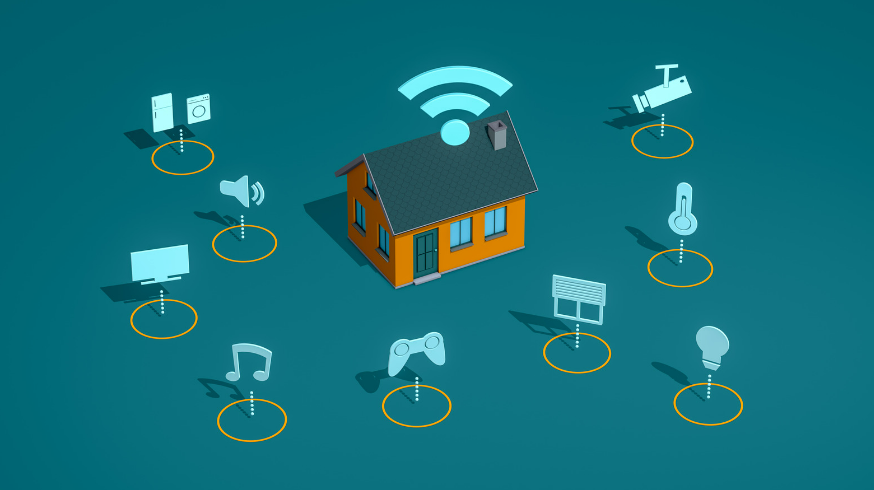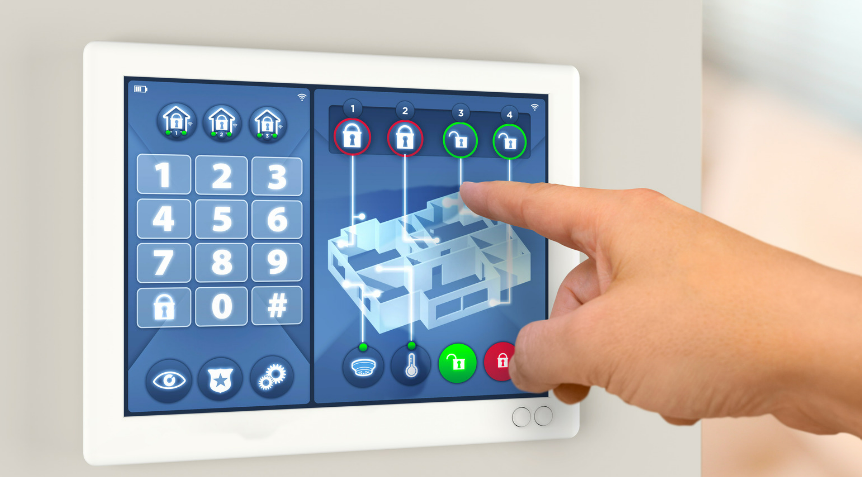Excited about the future of home automation technology? I am! From smart thermostats to voice-controlled assistants, our homes are getting smarter by the day. But what exactly is home automation, and how can it make our lives easier? Let’s dive in and explore the fascinating world of automated homes.
Imagine waking up to a house that knows your schedule and adjusts the temperature and lighting accordingly. That’s the magic of home automation. With the power of technology at our fingertips, we can now control our appliances, security systems, and even our entertainment devices with just a tap on our smartphones. The convenience and efficiency that home automation brings are truly game-changers in the way we live our lives.
Home Automation Technology
When it comes to home automation technology, it’s all about creating a seamless and efficient living environment. Imagine being able to control your lights, thermostat, and even security cameras all from the palm of your hand. That’s the power of home automation.
With smart devices interconnected through a central hub or Wi-Fi network, I can easily manage and monitor various aspects of my home remotely. Whether I’m at work or on vacation, I have peace of mind knowing that I can check in on my house and make adjustments as needed.
One of the key benefits of home automation is the convenience it brings to everyday life. Setting schedules for lights to turn on/off, adjusting the temperature before I arrive home, or even receiving alerts about unusual activity – all of these tasks can be automated, saving me time and energy.
Benefits of Home Automation
One major benefit of home automation is the convenience it brings to everyday life. Controlling lights, thermostats, and security cameras from my smartphone or voice commands makes managing my home a breeze.
With home automation, I can monitor and adjust home settings no matter where I am, offering me peace of mind whether I’m at work or on vacation.
Another significant advantage is the energy efficiency that home automation offers. By optimizing energy usage through smart devices and schedules, I can achieve cost savings and contribute to a reduced environmental impact.

Types of Home Automation Devices
When it comes to home automation devices, there is a wide range of options available to enhance your living space. Here are some popular types:
- Smart Thermostats: These devices allow you to control the temperature of your home remotely, leading to energy savings and personalized comfort.
- Smart Lighting Systems: With these systems, you can adjust the brightness, color, and scheduling of your lights through your smartphone or voice commands.
- Smart Security Cameras: Offering peace of mind, these cameras provide remote monitoring, motion detection, and real-time alerts for enhanced security.
- Smart Door Locks: Say goodbye to traditional keys with smart door locks that offer keyless entry, remote access, and activity monitoring.
- Smart Plugs: Easily control and schedule devices plugged into these outlets, optimizing energy usage and adding convenience to your daily routine.
- Smart Smoke Detectors: These detectors not only emit alarms for smoke or carbon monoxide but also send alerts to your phone for added safety.
Each of these home automation devices adds convenience, efficiency, and security to your home, making daily life more manageable and enjoyable.

Implementing Home Automation in Your Home
When implementing home automation in your home, it’s important to start by identifying your specific needs and priorities. Consider which aspects of your daily routine could benefit from automation, such as smart heating and cooling to optimize comfort and energy efficiency, smart lighting for customizable ambiance, or smart security for peace of mind.
Next, research the various home automation devices available on the market to find the ones that best suit your requirements. Whether it’s a smart thermostat to regulate temperature remotely, smart cameras for real-time monitoring, or smart plugs to manage energy consumption, there are plenty of options to choose from.
Once you’ve selected the appropriate devices, installing and integrating them into your home is the next step. Most home automation devices come with user-friendly setup guides that make installation a breeze. Additionally, many devices can be connected to a central hub for seamless control of all your smart devices from one convenient location.

